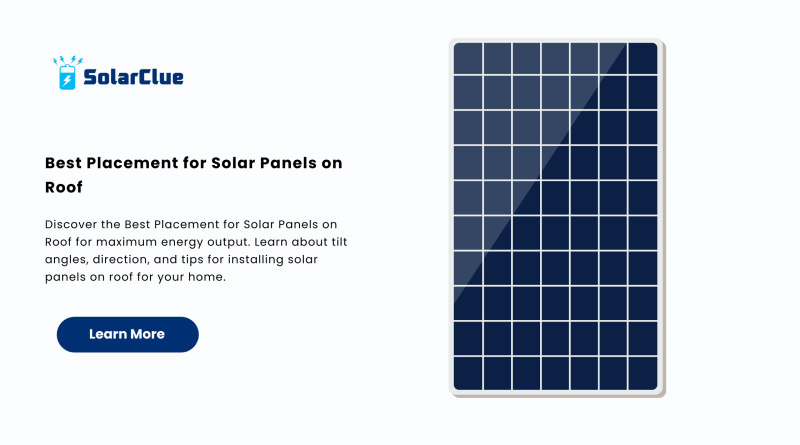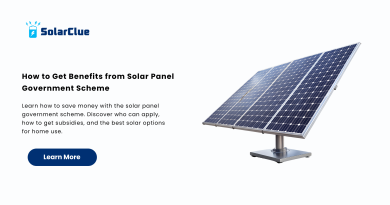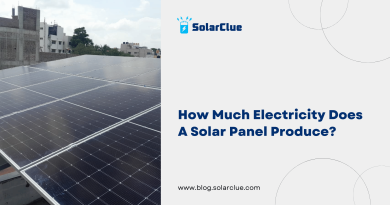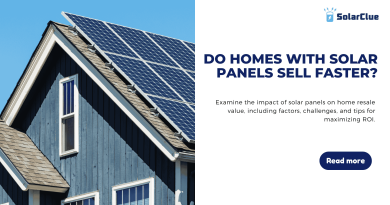Best Placement for Solar Panels on Roof
As more homeowners and businesses embrace solar energy, one of the most common questions that arises is—what’s the best placement for solar panels on roof? The answer isn’t just about putting panels wherever there’s space. To get the most out of your solar panel system, placement plays a crucial role in ensuring optimal sunlight exposure, system efficiency, and long-term savings. In this detailed guide, we’ll explore the ideal positioning, tilt, orientation, and tips for installing solar panels on roof, along with how to choose the best solar panel for your needs.
Table of Contents
- 1 Why Placement Matters for Solar Panels
- 2 Ideal Direction for Solar Panels on Roof
- 3 Optimal Tilt Angle for Solar Panels
- 4 Roof Types and Their Impact on Solar Panel Placement
- 5 Avoiding Shade and Obstructions
- 6 Space Requirements for Solar Panels on Rooftop
- 7 Best Solar Panel Options for Home
- 8 Installation Tips for Maximum Efficiency
- 9 Do You Need Professional Help?
- 10 Maintenance After Installation
- 11 FAQs
Why Placement Matters for Solar Panels
The efficiency of your solar panels on rooftop depends largely on how much sunlight they receive throughout the day. Poor placement can lead to shading issues, lower output, and reduced return on investment. Proper positioning can increase your panel’s efficiency by up to 25–30% or more.
Ideal Direction for Solar Panels on Roof
In India, the best placement for solar panels on roof is to face them towards the south. This ensures maximum sunlight exposure throughout the day since the sun moves from east to west in the southern sky.
Let’s break it down by direction:
-
South-facing roof: Optimal for all-day sun exposure.
-
East-facing roof: Gets more morning sun, good for early-day power needs.
-
West-facing roof: Receives afternoon sun, ideal for evening-heavy consumption.
-
North-facing roof: Not recommended unless necessary, as it receives the least sunlight.
Optimal Tilt Angle for Solar Panels
The tilt angle or the angle at which solar panels on rooftop are installed also affects performance. This angle varies based on your geographic location.
Here’s a general guide for India:
| Region | Suggested Tilt Angle |
|---|---|
| North India | 25° to 30° |
| Central India | 20° to 25° |
| South India | 10° to 15° |
Some installations use adjustable tilt mounts, which allow seasonal angle changes for maximizing output.
Roof Types and Their Impact on Solar Panel Placement
Your roof’s material and structure will impact the process of installing solar panels on roof:
-
Flat Roofs: Allow flexible tilt and direction with mounting structures.
-
Sloped Roofs: Require tilt adjustments depending on pitch and orientation.
-
Clay or Tiled Roofs: Need extra care and specialized mounting systems.
-
Metal Roofs: Easy to work with; durable and ideal for long-term installations.
Avoiding Shade and Obstructions
Shade is the enemy of solar panels. Trees, nearby buildings, chimneys, or even water tanks can block sunlight. A shaded panel can drag down the output of the entire string. This is why:
-
A solar site survey is critical before installation.
-
Consider using microinverters or power optimizers to reduce shading impact.
-
Trimming nearby trees may help ensure unobstructed sunlight.
Space Requirements for Solar Panels on Rooftop
How many solar panels on roof you can install depends on your energy needs and roof size. On average:
-
1 kW system requires approx. 80–100 sq. ft. of shadow-free area.
-
3 kW system requires around 300 sq. ft.
-
5 kW system needs around 500 sq. ft.
Make sure to leave space for walkways and future system expansion if needed.
Best Solar Panel Options for Home
Not all solar panels for home are created equal. The best solar panel is one that offers:
-
High efficiency
-
Durability under harsh conditions
-
Reliable warranty and brand reputation
Top types include:
-
Monocrystalline Panels: High efficiency and sleek design, perfect for limited roof space.
-
Polycrystalline Panels: More affordable but slightly lower efficiency.
-
Bifacial Panels: Generate power from both sides, ideal for reflective or open areas.
Brands like Waaree, Vikram Solar, Adani Solar, and RenewSys offer some of the best solar panels in India.
Installation Tips for Maximum Efficiency
Here are some tips for ensuring the best results when installing solar panels on roof:
-
Use high-quality mounting structures resistant to corrosion.
-
Ensure tight and weather-proof connections.
-
Keep panels clean and free from dust or bird droppings.
-
Perform regular system checks or enable remote monitoring.
Do You Need Professional Help?
While DIY might seem tempting, professional installers ensure:
-
Accurate site assessment and placement
-
Proper electrical connections
-
Compliance with local guidelines and net metering policies
-
Long-term performance and warranty validity
Maintenance After Installation
To maintain efficiency of solar panels on rooftop, follow this:
-
Clean panels once every 15–30 days.
-
Watch for physical damage or loose wires.
-
Monitor system output regularly.
-
Get annual servicing done by certified technicians.
FAQs
Q1: What is the best direction for solar panels in India?
A1: The best placement for solar panels on roof in India is facing south for maximum sun exposure throughout the day.
Q2: How much space is needed to install solar panels on roof?
A2: Typically, 1 kW of solar panel requires 80–100 sq. ft. of shadow-free space.
Q3: Can I install solar panels on a flat roof?
A3: Yes, flat roofs are ideal for flexible tilt and orientation using adjustable mounting structures.
Q4: What is the ideal angle to install solar panels?
A4: The tilt angle depends on location, ranging from 10° to 30° across India.
Q5: Which is the best solar panel for home use?
A5: Monocrystalline panels are considered the best solar panel for homes due to high efficiency and compact size.
Whether you’re planning a new solar installation or optimizing an existing one, knowing the best placement for solar panels on roof ensures you get the most value from your investment. Consider factors like direction, tilt, space, and type of roof to design a system that works efficiently for your specific needs.
Ready to power up your roof? Explore top-quality solar panel solutions and expert advice at 👉 solarclue.com, and dive deeper into solar insights at 👉 blog.solarclue.com – your rooftop deserves the best!




